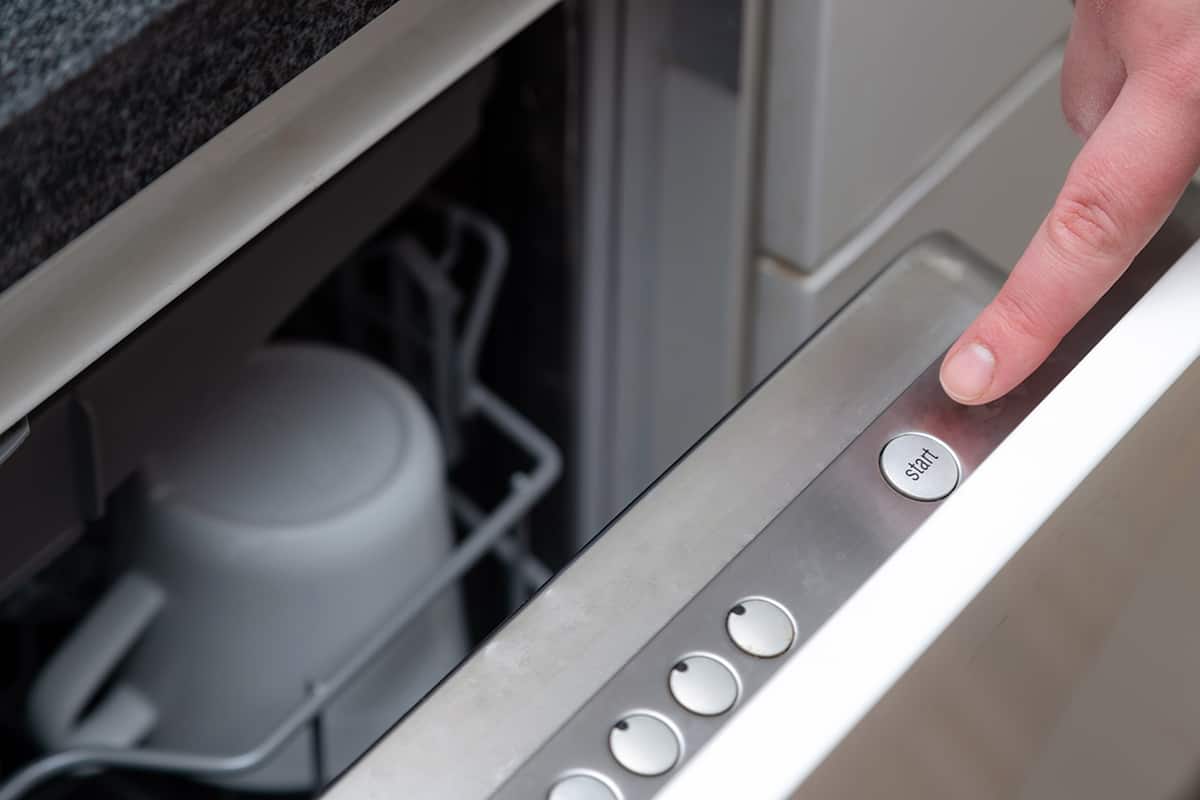

Articles
How To Start Ge Dishwasher
Modified: August 31, 2024
Discover helpful articles on how to start GE dishwasher and get your dishes sparkling clean with our step-by-step guides and expert tips.
(Many of the links in this article redirect to a specific reviewed product. Your purchase of these products through affiliate links helps to generate commission for Storables.com, at no extra cost. Learn more)
Introduction
Starting your GE dishwasher may seem like a straightforward task, but it’s important to follow the correct steps to ensure optimal performance and cleanliness. Whether you’re a first-time dishwasher owner or just need a refresher, this guide will walk you through the process of starting your GE dishwasher effectively.
A dishwasher offers convenience and efficiency, allowing you to say goodbye to the days of hand-washing dishes. With GE’s innovative technology and design, their dishwashers are built to deliver superior cleaning power while being energy and water-efficient.
Before diving into the steps of starting your GE dishwasher, let’s explore a few safety precautions to keep in mind. This will ensure your safety and the longevity of your dishwasher.
Key Takeaways:
- Prioritize safety by following precautionary measures such as proper installation, reading the user manual, and avoiding overloading the dishwasher to ensure optimal performance and longevity.
- Maximize cleaning efficiency by preparing, loading, and operating your GE dishwasher with attention to detail, from checking the filter and spray arms to selecting the appropriate wash cycle.
Read more: How To Start A Bosch Dishwasher
Safety Precautions
Before starting your GE dishwasher, it’s important to prioritize safety. By following these precautionary measures, you can minimize the risk of accidents and protect yourself and your appliance:
- Ensure the dishwasher is properly installed: Before using your GE dishwasher, make sure it is installed correctly according to the manufacturer’s guidelines. This includes checking that it is securely positioned, all connections are tight, and there are no apparent leaks.
- Read the user manual: Familiarize yourself with the user manual provided by GE. This will give you a better understanding of the dishwasher’s features, functions, and safety guidelines.
- Keep the dishwasher out of reach of children: Dishwashers can contain potentially hazardous materials such as sharp utensils, cleaning agents, and hot water. Keep the dishwasher door closed and locked when not in use to prevent children from accessing these items.
- Use caution when opening the dishwasher during operation: If you need to open the dishwasher while it’s running, exercise caution. The steam and hot water inside can cause burns. Wait for the cycle to complete, or pause the cycle if your dishwasher has that option.
- Unplug the dishwasher before cleaning or performing maintenance: When cleaning the interior or performing any maintenance tasks, unplug the dishwasher from the power source. This will reduce the risk of electric shock.
- Do not overload the dishwasher: Overloading the dishwasher can result in poor cleaning performance and may cause damage to the dishwasher components. Follow the manufacturer’s recommendations regarding the maximum load capacity.
- Only use dishwasher-safe items: Ensure that all dishes, utensils, and cookware placed in the dishwasher are labeled as dishwasher-safe. Using items that are not dishwasher-safe can cause damage to both the item itself and the dishwasher.
- Avoid using excessive detergent: Using too much detergent can lead to excessive sudsing and poor cleaning performance. Follow the recommended dosage provided by the detergent manufacturer and adjust if necessary based on your water hardness.
By adhering to these safety precautions, you can enjoy the convenience and efficiency of your GE dishwasher while ensuring the safety of yourself and your household.
Step 1: Preparing the Dishwasher
Before loading your dishes into the GE dishwasher, it’s important to prepare the appliance to ensure optimal cleaning and efficiency. Follow these steps to properly prepare your dishwasher:
- Check the filter: GE dishwashers come equipped with a filter that helps trap food particles and debris during the cleaning process. Before starting a new cycle, check the filter and ensure it is clean and free from any blockages. Remove and rinse the filter if necessary.
- Inspect the spray arms: The spray arms inside the dishwasher are responsible for distributing water and detergent to effectively clean your dishes. Make sure the spray arms are clean and free from any obstructions. If needed, use a toothpick or small brush to remove any debris that may be blocking the spray arm nozzles.
- Check the water supply: Ensure that the dishwasher is securely connected to the water supply. Check for any leaks or kinks in the water inlet hose. If there are any issues, address them before continuing.
- Run hot water in the sink: To enhance the effectiveness of the dishwasher, it’s recommended to run hot water in your kitchen sink before starting a cycle. This helps ensure that the dishwasher is filled with hot water right from the beginning, as hot water aids in the removal of grease and food stains.
- Empty the dishwasher: Before loading your dirty dishes, make sure the dishwasher is completely empty. Check for any residual dishes or utensils that may be left behind from previous cycles.
- Arrange larger items strategically: If you have larger dishes or cookware, such as pots and pans, it’s best to place them in the lower rack of the dishwasher. This allows for proper water circulation and ensures that the spray arm can reach all the dishes effectively.
- Pre-rinse if necessary: While most modern dishwashers are equipped to handle food particles and stubborn stains, heavily soiled dishes may require pre-rinsing. Use a gentle stream of water to rinse off any leftover food or debris before placing them in the dishwasher.
By properly preparing your GE dishwasher, you’re setting the stage for a successful and efficient cleaning cycle. Taking the time to ensure the dishwasher is clean and all components are in working order will result in spotless dishes at the end of the cycle.
Step 2: Loading the Dishwasher
Properly loading your dishes into the GE dishwasher is essential for efficient cleaning and to prevent dish breakage. Follow these steps to load your dishwasher effectively:
- Sort and organize your dishes: Before starting, separate your dishes by type. Place plates with plates, bowls with bowls, and so on. This will make it easier to load and unload the dishwasher later.
- Load larger items first: Begin by placing larger items such as pots, pans, and casserole dishes in the bottom rack of the dishwasher. Ensure they are properly positioned to allow for water circulation and avoid blocking the spray arms.
- Place plates and bowls in the bottom rack: Arrange plates and bowls in the bottom rack in a vertical position, facing the center of the dishwasher. This ensures that the water and detergent can reach all surfaces for thorough cleaning.
- Load glasses and cups on the top rack: Place glasses and cups upside down on the prongs of the top rack. This allows water to flow freely inside and ensures that they are thoroughly cleaned and rinsed.
- Utensils in the utensil basket: Place utensils such as forks, knives, and spoons in the utensil basket provided. Make sure each type of utensil is properly separated to prevent them from clumping together during the cleaning process.
- Be mindful of delicate items: If you have delicate or fragile items, such as fine china or crystal, it’s best to wash them by hand to avoid any damage. Consult the dishwasher’s user manual for specific instructions on washing delicate items.
- Avoid overcrowding: It’s important not to overcrowd the dishwasher. Allow enough space between items for the water and detergent to circulate freely. Overloading the dishwasher can lead to subpar cleaning results and may cause dishes to chip or break.
- Check for any obstructions: Before closing the dishwasher, ensure that no items are blocking the spray arms or preventing the detergent dispenser from properly opening during the cycle. Rearrange items if necessary to ensure proper operation.
By following these guidelines, you can ensure that your dishes are properly loaded into the GE dishwasher for optimal cleaning results. Take care to arrange items strategically, avoiding overcrowding and keeping delicate items separate to achieve sparkling clean dishes at the end of the cycle.
Step 3: Adding Dishwasher Detergent
Adding the right dishwasher detergent is crucial for achieving clean and spotless dishes. Follow these steps to properly add dishwasher detergent to your GE dishwasher:
- Select the appropriate detergent: Choose a dishwasher detergent that is specifically designed for use in automatic dishwashers. Avoid using dish soap or hand soap, as these can create excessive suds and may damage your dishwasher.
- Check the detergent compartment: Open the dishwasher door and locate the detergent compartment. It is typically located on the interior side of the door, near the center. Consult your dishwasher’s user manual if you’re having trouble locating it.
- Refer to the detergent manufacturer’s instructions: Read the instructions on the dishwasher detergent packaging to determine the appropriate amount to use. The recommended dosage may vary depending on the brand and the level of soiling on your dishes.
- Add the detergent: Measure out the appropriate amount of detergent and carefully pour it into the detergent compartment. Avoid overfilling the compartment, as this can lead to excessive sudsing and poor cleaning performance.
- Close the detergent compartment: Make sure the detergent compartment is securely closed before starting the dishwasher. If the compartment doesn’t close properly, it may indicate that it is overloaded or there is an obstruction preventing proper closure.
- Optional: Add rinse aid if desired: Rinse aid can help enhance the drying performance and prevent water spots on your dishes. If you choose to use rinse aid, refer to the manufacturer’s instructions for the appropriate amount and pour it into the designated compartment. Consult your dishwasher’s user manual for the location of the rinse aid compartment.
By following these simple steps, you can ensure that the dishwasher detergent is added correctly and maximize the cleaning power of your GE dishwasher. Remember, using the right detergent in the recommended amount is key to achieving sparkling clean dishes with every cycle.
Make sure the dishwasher door is securely closed before starting the cycle. Check that the water supply is turned on and the dishwasher is plugged in. Then select the desired cycle and press start.
Read more: How To Start A Kitchenaid Dishwasher
Step 4: Selecting the Wash Cycle
Choosing the appropriate wash cycle for your dishes is essential to achieve the desired level of cleaning and to conserve energy. Follow these steps to select the right wash cycle on your GE dishwasher:
- Familiarize yourself with the available cycles: GE dishwashers offer a range of wash cycles designed to handle various levels of soiling and types of dishes. Refer to your dishwasher’s user manual to understand the different cycle options available.
- Assess the level of soiling on your dishes: Before selecting a wash cycle, assess how dirty your dishes are. If your dishes have light food residue or are lightly soiled, a shorter cycle such as “Quick Wash” or “Light” may be sufficient. For heavily soiled dishes or items that require deeper cleaning, longer and more intense cycles like “Heavy” or “Pots and Pans” may be necessary.
- Consider energy efficiency: If conserving energy and water is a priority for you, look for cycles labeled as energy-saving or eco-friendly. These cycles are designed to minimize energy consumption while still delivering effective cleaning results.
- Select the appropriate cycle: Once you’ve assessed the level of soiling and considered energy efficiency, select the wash cycle that best meets your needs. Most GE dishwashers have a control panel with clearly labeled buttons or a rotary knob to choose the desired cycle.
- Customize options if necessary: Some GE dishwashers offer additional customizable options to tailor the wash cycle to your preferences. These options may include extra rinsing, sanitizing, or delayed start. Refer to your dishwasher’s user manual to learn more about these options and make adjustments as desired.
- Start the wash cycle: Once you’ve selected the appropriate wash cycle and made any desired customizations, close the dishwasher door and press the start button. The dishwasher will begin the selected cycle, and you’ll be one step closer to clean and sparkling dishes.
By following these steps, you can confidently choose the right wash cycle for your dishes, ensuring optimal cleaning results and energy efficiency. Understanding the available options and customizing as needed allows you to personalize the cleaning process based on the load and level of soiling, providing you with pristine dishes every time.
Step 5: Starting the Dishwasher
Now that you have prepared your GE dishwasher, loaded the dishes, and selected the appropriate wash cycle, it’s time to start the cleaning process. Follow these steps to start your dishwasher:
- Ensure the dishwasher door is securely closed: Before starting the dishwasher, check that the dishwasher door is fully closed and latched. A securely closed door prevents water from leaking out during the cycle.
- Double-check the cycle and options: Take a moment to review the selected wash cycle and any customized options you may have chosen. This helps to ensure that you have chosen the correct settings for your dishes.
- Check the water supply and detergent: Confirm that the water supply is turned on and the dishwasher is connected properly. Additionally, verify that you have added the recommended amount of dishwasher detergent to the detergent compartment.
- Press the start button: Once you have confirmed all the preparations, press the start button on your dishwasher’s control panel. The dishwasher will begin its cycle, and you may hear the sound of water filling the dishwasher.
- Avoid opening the dishwasher during the cycle: While it may be tempting to check on the progress of the cleaning cycle, it’s best to resist the urge to open the dishwasher door. Opening the door can disrupt the cleaning process and release steam, which can be a burn hazard.
- Allow the dishwasher to complete the cycle: Depending on the selected wash cycle, your dishwasher may take anywhere from 1 to 3 hours to complete its cleaning process. During this time, the dishwasher will go through various stages including washing, rinsing, and drying.
- Listen for the end-of-cycle signal: Most GE dishwashers have an audible signal, such as a beep or a chime, to indicate when the cycle is complete. Once you hear this signal, it’s safe to open the dishwasher door and unload your clean dishes.
By following these steps, you can successfully start your GE dishwasher and let it do the work of cleaning your dishes. Allow the dishwasher to complete its cycle uninterrupted, and you’ll be rewarded with sparkling clean dishes ready to be used or stored.
Step 6: Monitoring the Dishwasher
While your GE dishwasher is running its cleaning cycle, it’s important to monitor its progress to ensure everything is running smoothly. Follow these steps to effectively monitor your dishwasher:
- Listen for any unusual noises: While dishwashers typically make some noise during operation, loud or unusual noises could indicate a problem. If you hear grinding, banging, or rattling noises, it’s best to stop the dishwasher and investigate the issue to prevent any potential damage.
- Observe the water spray: During the cycle, keep an eye on the spray arms inside the dishwasher. They should be rotating freely and spraying water evenly across the dishes. If you notice that the spray arms are not moving or are blocked, pause the dishwasher and rearrange the items to allow for proper water circulation.
- Check for leaks: While it’s normal for a small amount of water to be present at the bottom of the dishwasher, excessive pooling or leaking outside the dishwasher can indicate a problem. If you notice leaks, stop the dishwasher and inspect the water supply and connections for any issues.
- Monitor the time remaining: Many dishwashers have a digital display that shows the remaining time for the current cycle. Monitoring the time remaining allows you to plan accordingly and ensures that you will be available to unload the dishes once the cycle is complete.
- Keep an eye on the detergent compartment: Periodically check the detergent compartment to ensure that it has properly dispensed the detergent. If you notice that the detergent is not being dispensed or there is excessive detergent residue, it may indicate a clog or other issues with the dispenser.
- Be aware of any error codes: Some dishwashers have error code systems that alert you to potential problems or malfunctions. If you see an error code on the display panel, refer to your dishwasher’s user manual to identify the issue and take appropriate action.
- Monitor the drying process: If your dishwasher has a drying cycle, pay attention to the moisture levels inside the dishwasher once the cycle has finished. If the dishes are not drying adequately, consider adding a rinse aid or adjusting the dryness settings if available.
By staying vigilant and monitoring your GE dishwasher throughout the cleaning cycle, you can address any issues promptly and ensure that the dishwasher is operating efficiently. Proactively addressing any potential problems can help prolong the lifespan of your dishwasher and maintain its optimal performance.
Step 7: Unloading the Dishwasher
Once your GE dishwasher has completed its cleaning cycle, it’s time to unload the clean dishes and prepare them for storage or use. Follow these steps to safely and efficiently unload your dishwasher:
- Wait for the dishes to cool: After the dishwasher cycle is complete, it’s important to allow the dishes to cool down before handling them. This helps prevent accidental burns from hot dishes or steam.
- Start with the top rack: Begin by unloading the top rack of the dishwasher. Take out any cups, glasses, or smaller dishes first. Always handle glassware carefully to avoid any accidental breakage.
- Unload the bottom rack: Next, move to the bottom rack and remove larger items such as plates, bowls, and cookware. Be cautious of any sharp utensils or knives that may be present in the utensil basket.
- Check for missed spots: Before putting away the dishes, inspect them for any missed spots or residues. If any dishes appear to have leftover food particles or stains, hand wash them to ensure they are clean and ready for use.
- Dry the dishes if needed: If your dishwasher does not have a drying cycle or if the dishes are not fully dry, you may need to towel dry them before placing them in the cabinets. This helps prevent water spots and ensures they are completely dry.
- Return items to their designated locations: As you unload the dishes, return them to their designated storage locations in your kitchen cabinets or drawers. Organize them by type and size to make it easier to find what you need in the future.
- Refill the dishwasher with used items: As you unload the clean dishes, you may come across dirty dishes or glasses that were missed during the previous load. Place these items directly into the dishwasher to be cleaned in the next cycle.
- Clean and maintain the dishwasher: After unloading the dishwasher, take a few moments to wipe down the interior and exterior surfaces with a damp cloth. This helps remove any lingering residue or dirt, keeping your dishwasher clean and fresh.
By following these steps, you can safely and efficiently unload your GE dishwasher, ensuring that your clean dishes are ready to be used or stored. Taking the time to properly unload and maintain your dishwasher helps keep it in optimal condition for future use.
Read more: How To Start Frigidaire Dishwasher
Conclusion
Starting and using your GE dishwasher doesn’t have to be a daunting task. By following the steps outlined in this guide, you can ensure that your dishwasher is properly prepared, loaded, and operated for optimal cleaning results. Here’s a quick recap of the steps to start your GE dishwasher:
- Prep the dishwasher by checking the filter and spray arms, ensuring proper water supply, and running hot water in the sink.
- Load the dishwasher with sorted dishes, placing larger items in the bottom rack and delicate items on the top.
- Add dishwasher detergent to the designated compartment, following the recommended dosage.
- Select the appropriate wash cycle based on the level of soiling and energy efficiency preferences.
- Start the dishwasher by closing the door and pressing the start button.
- Monitor the dishwasher during the cycle for any issues, such as unusual noises or leaks.
- When the cycle is finished, safely unload the clean dishes, checking for missed spots and drying if necessary.
By following these steps and practicing proper dishwasher maintenance, you can enjoy the convenience of a clean and efficient kitchen appliance. Remember to prioritize safety, regularly clean and inspect your dishwasher, and use the appropriate detergent for optimal performance.
Now that you’re equipped with the knowledge of starting your GE dishwasher, you can say goodbye to the chore of hand-washing dishes and embrace the convenience of effortless cleaning. Sit back, relax, and let your GE dishwasher work its magic, leaving you with sparkling clean dishes for years to come.
Frequently Asked Questions about How To Start Ge Dishwasher
Was this page helpful?
At Storables.com, we guarantee accurate and reliable information. Our content, validated by Expert Board Contributors, is crafted following stringent Editorial Policies. We're committed to providing you with well-researched, expert-backed insights for all your informational needs.
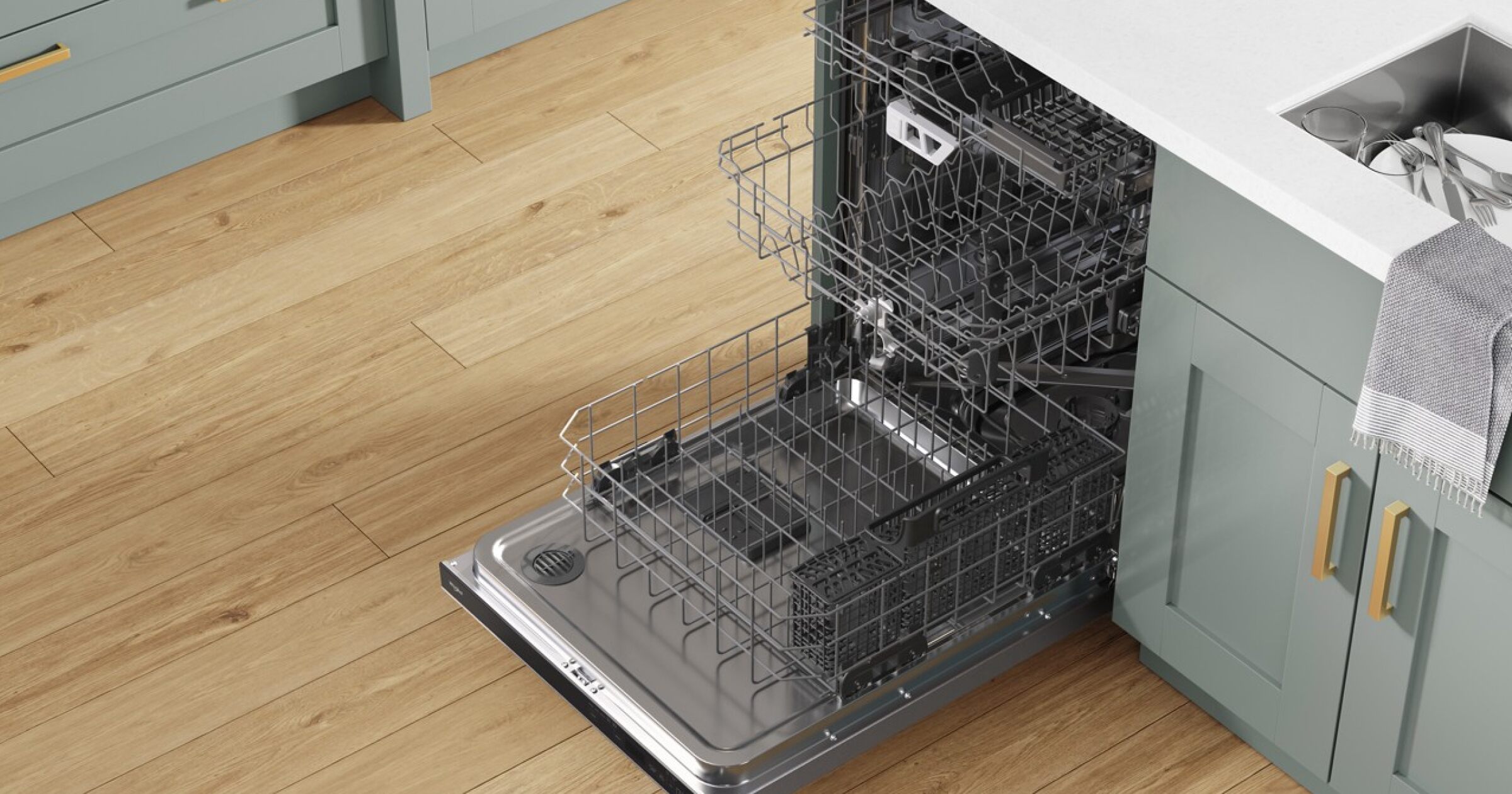
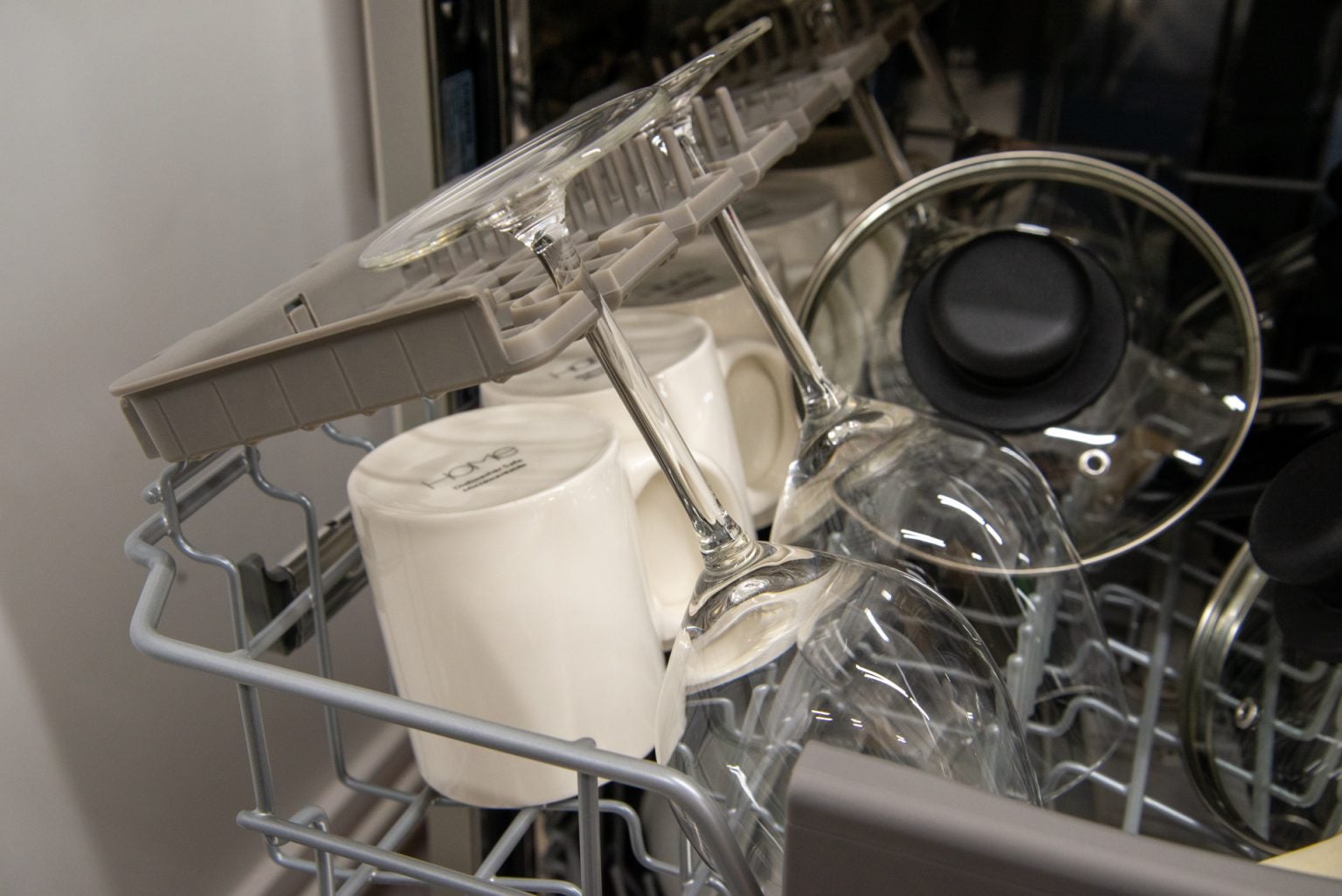
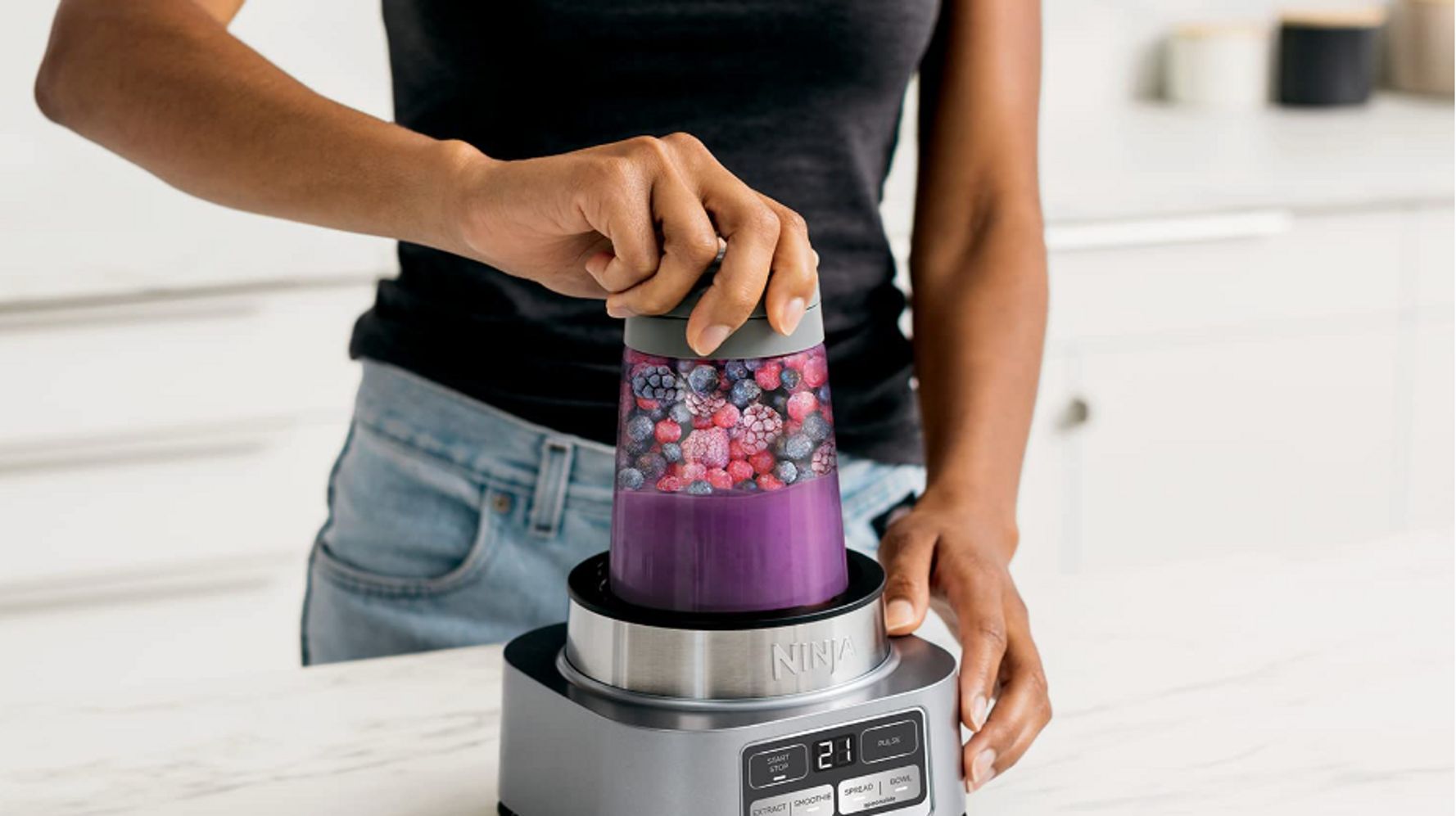
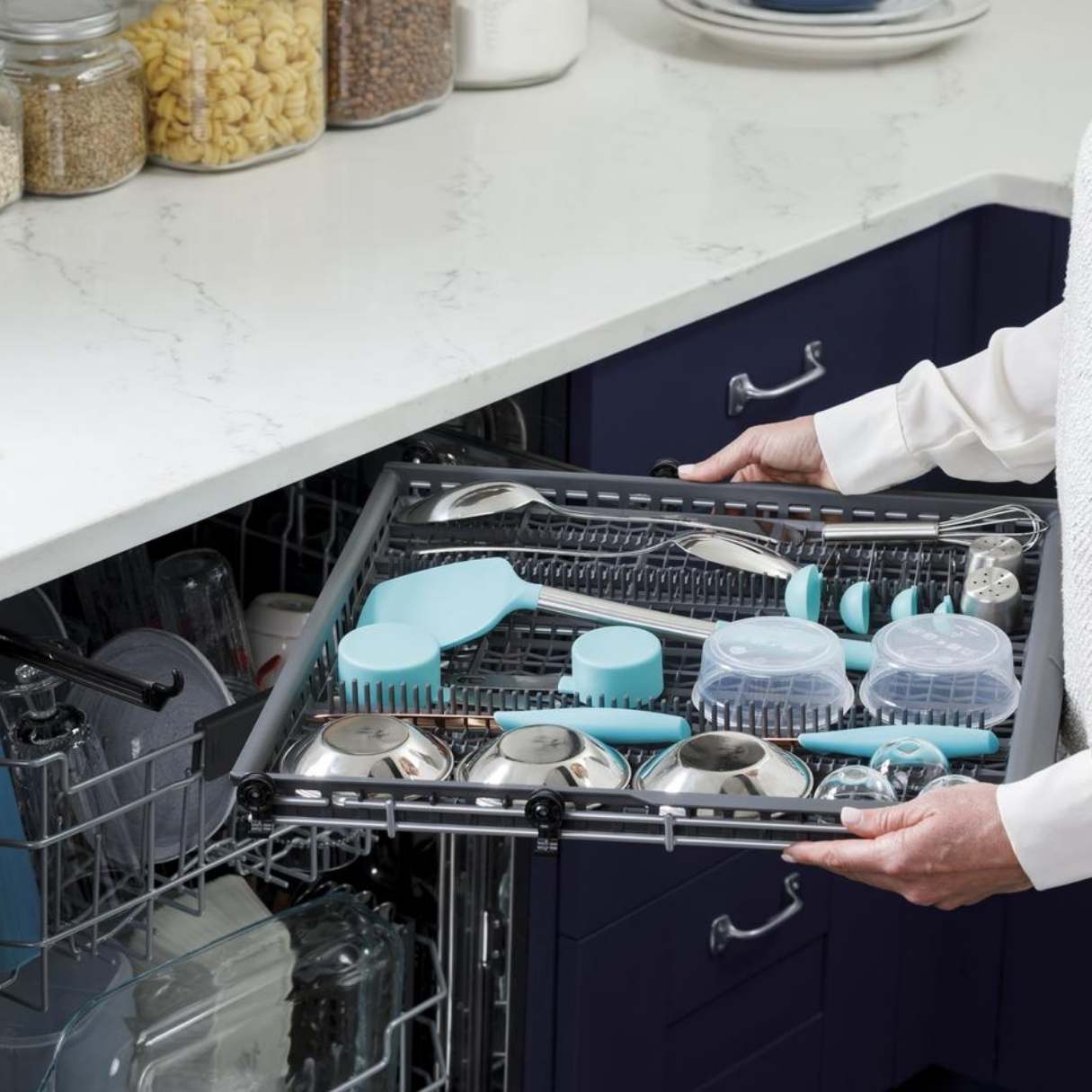
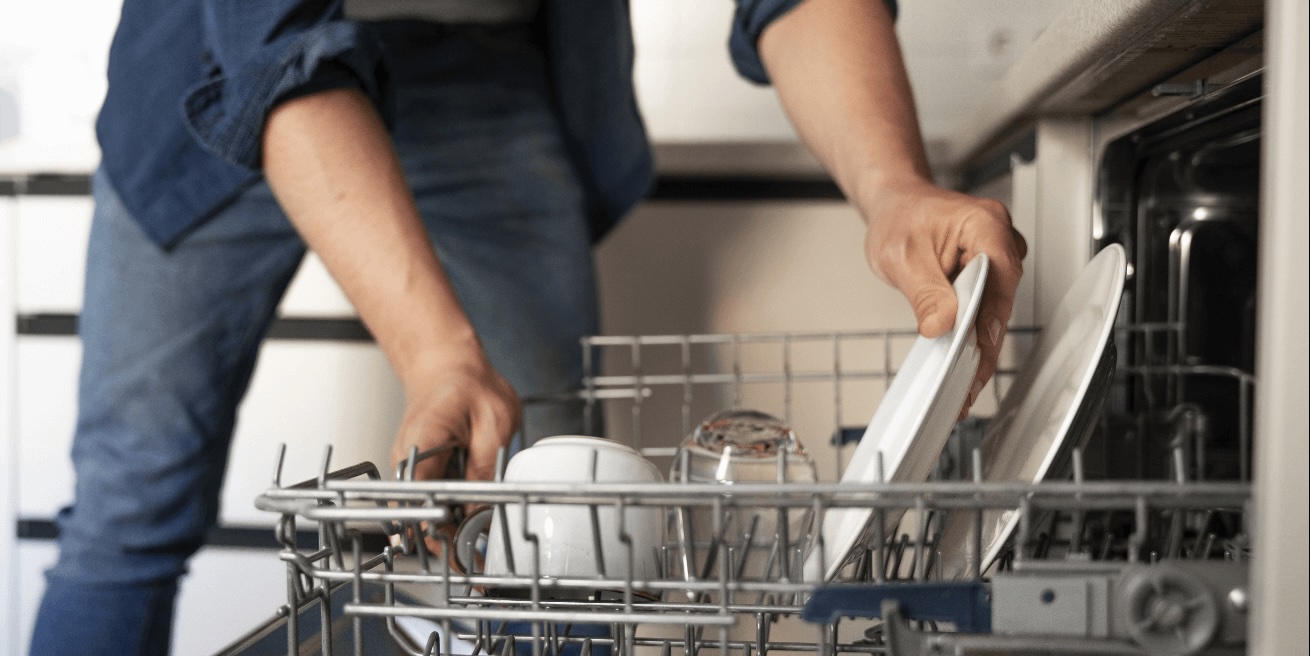
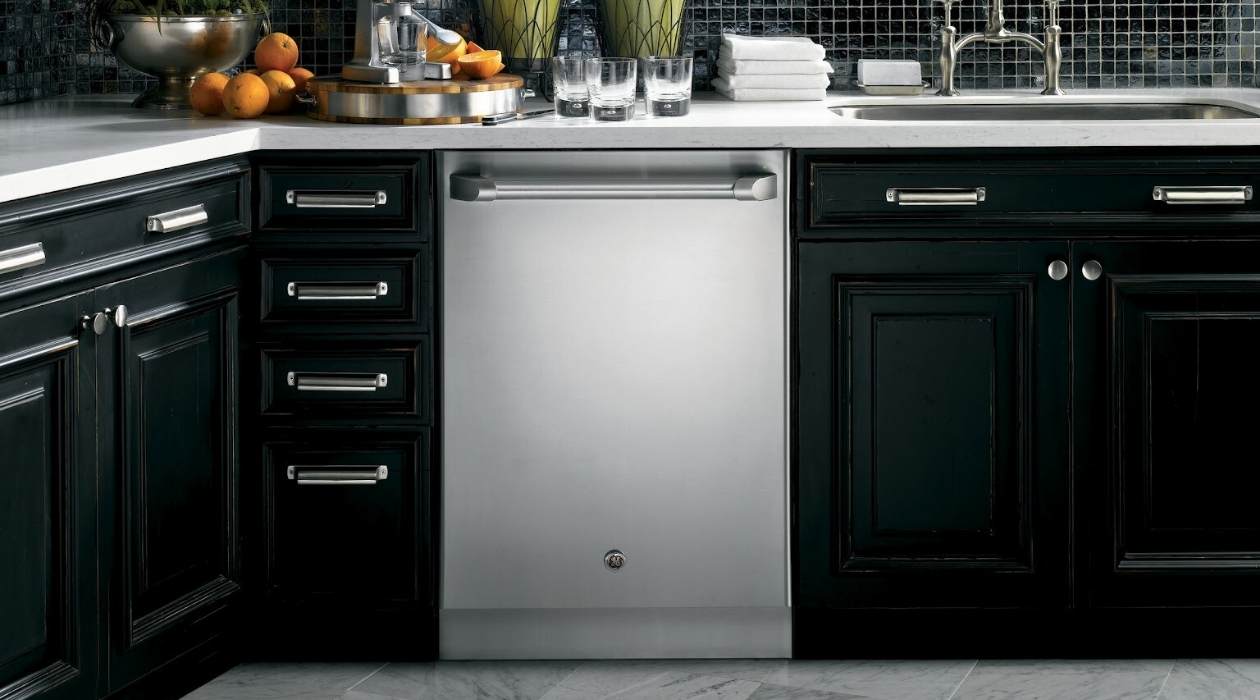

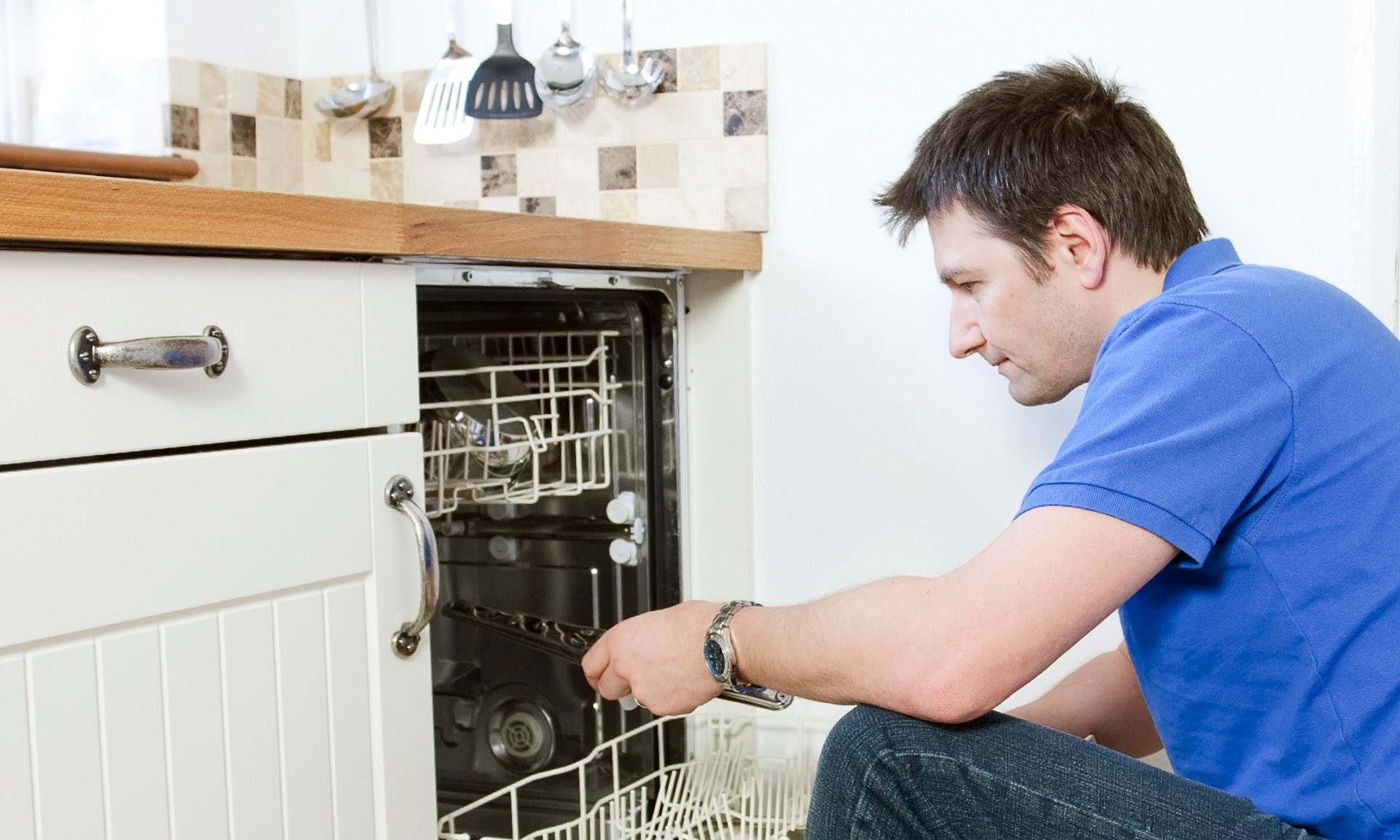
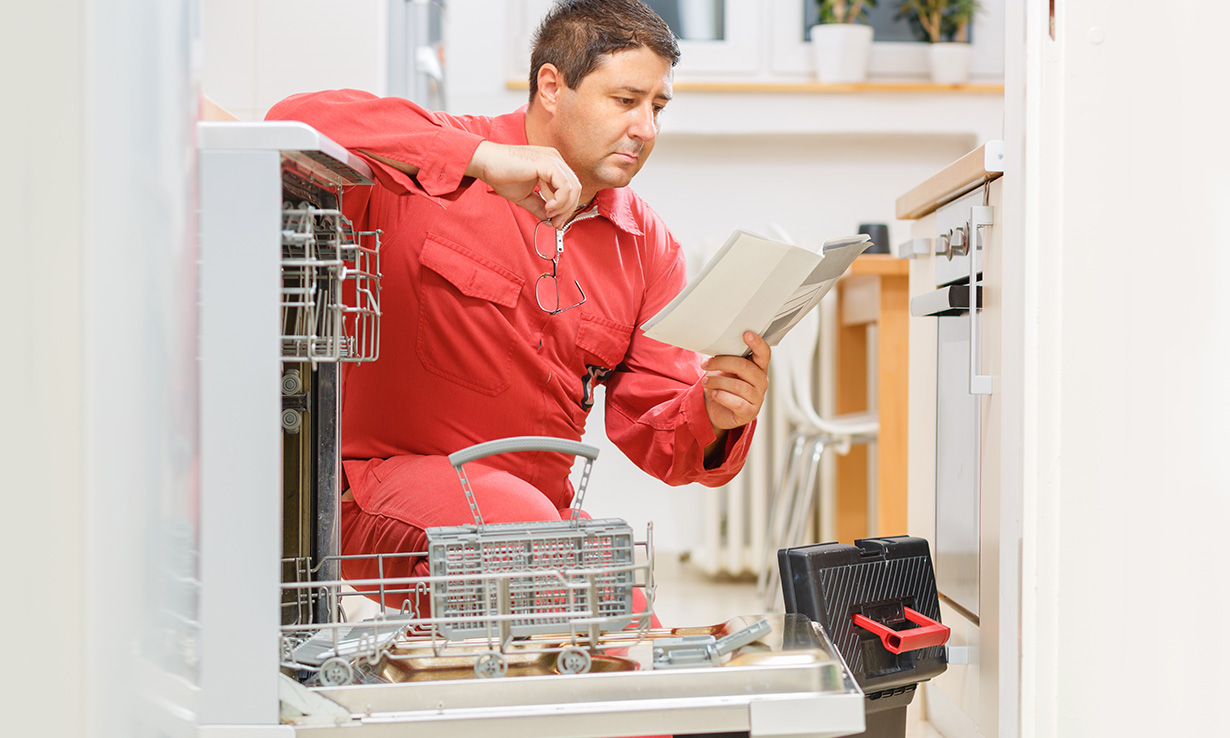
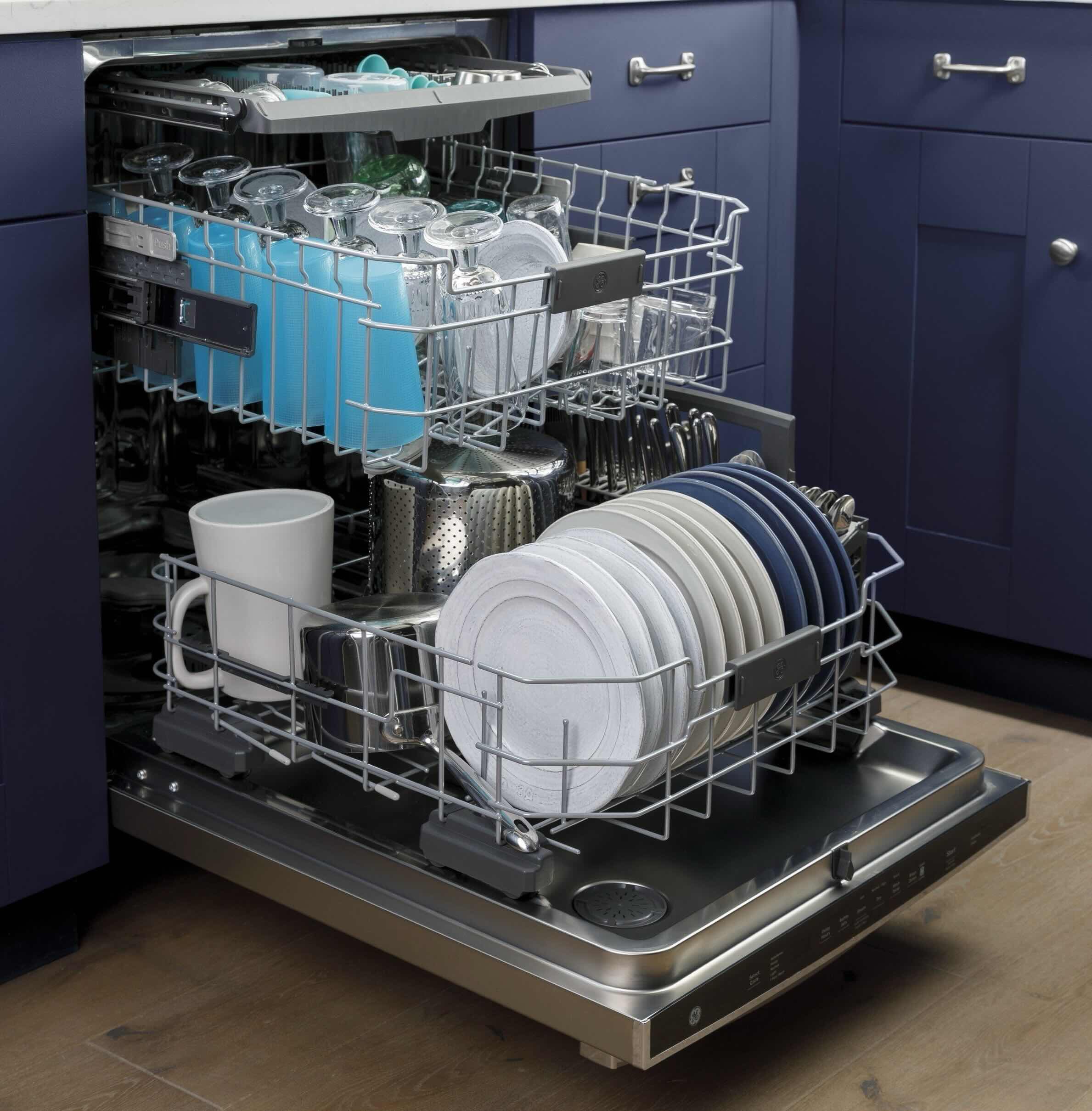
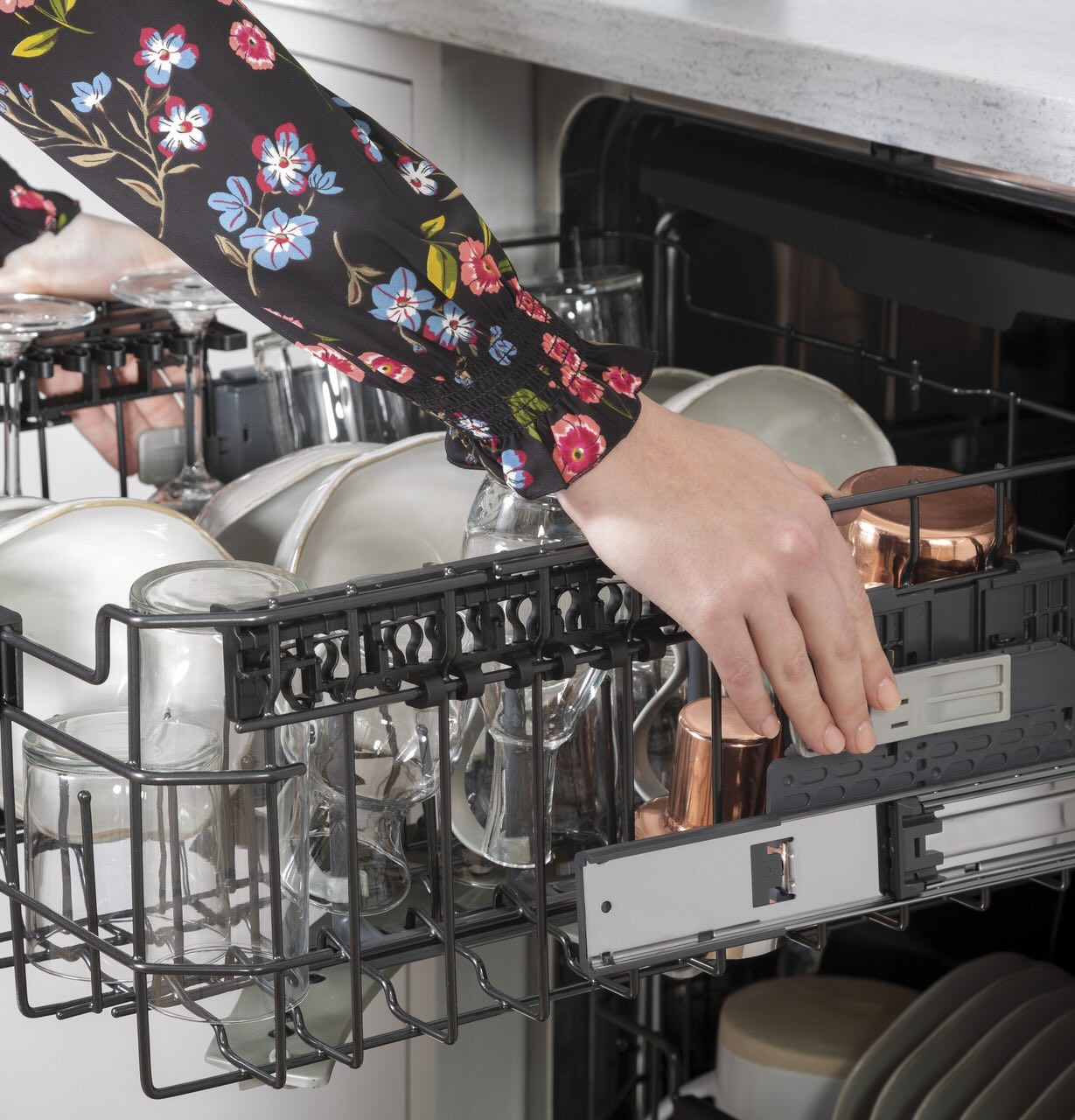
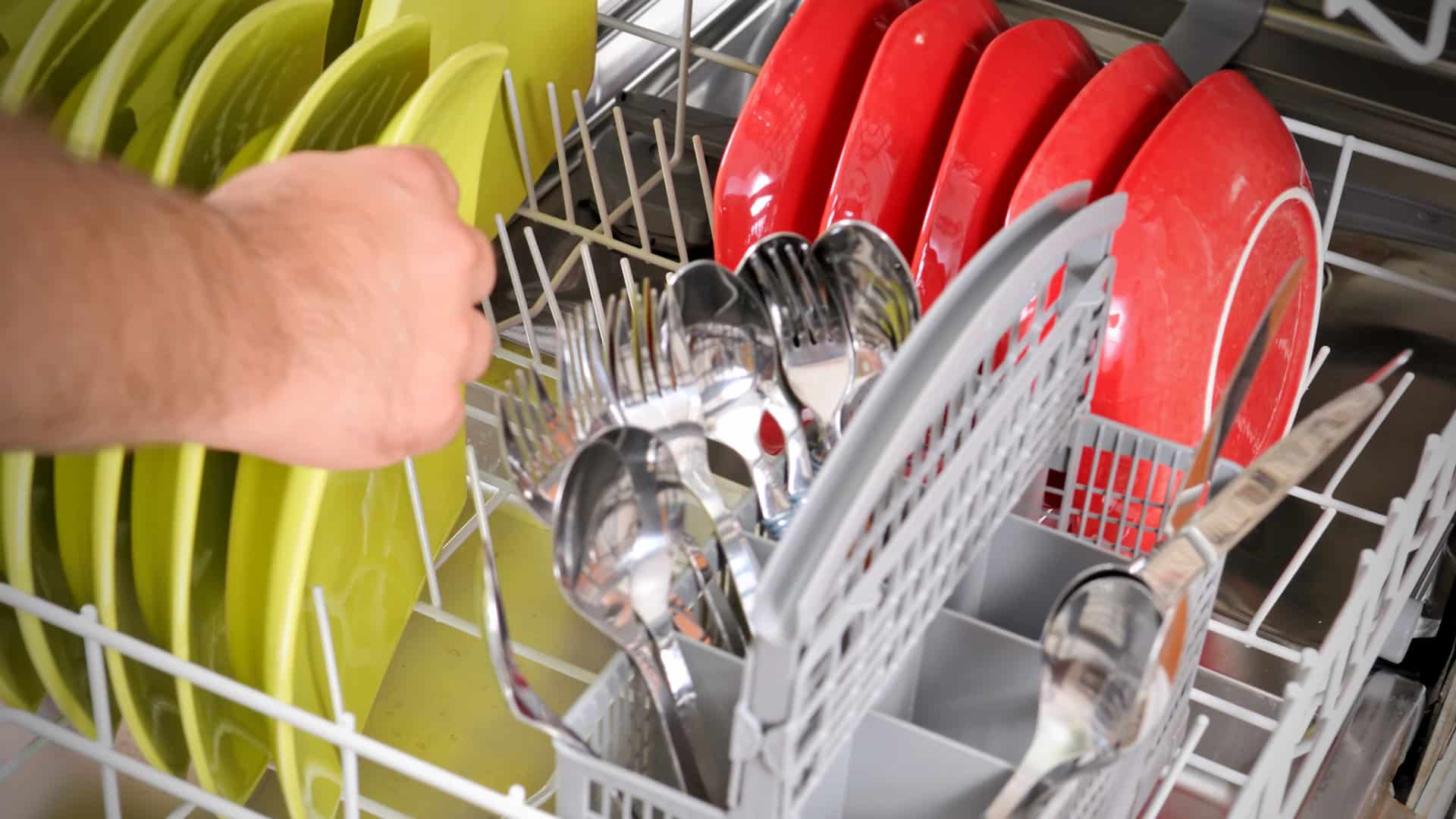
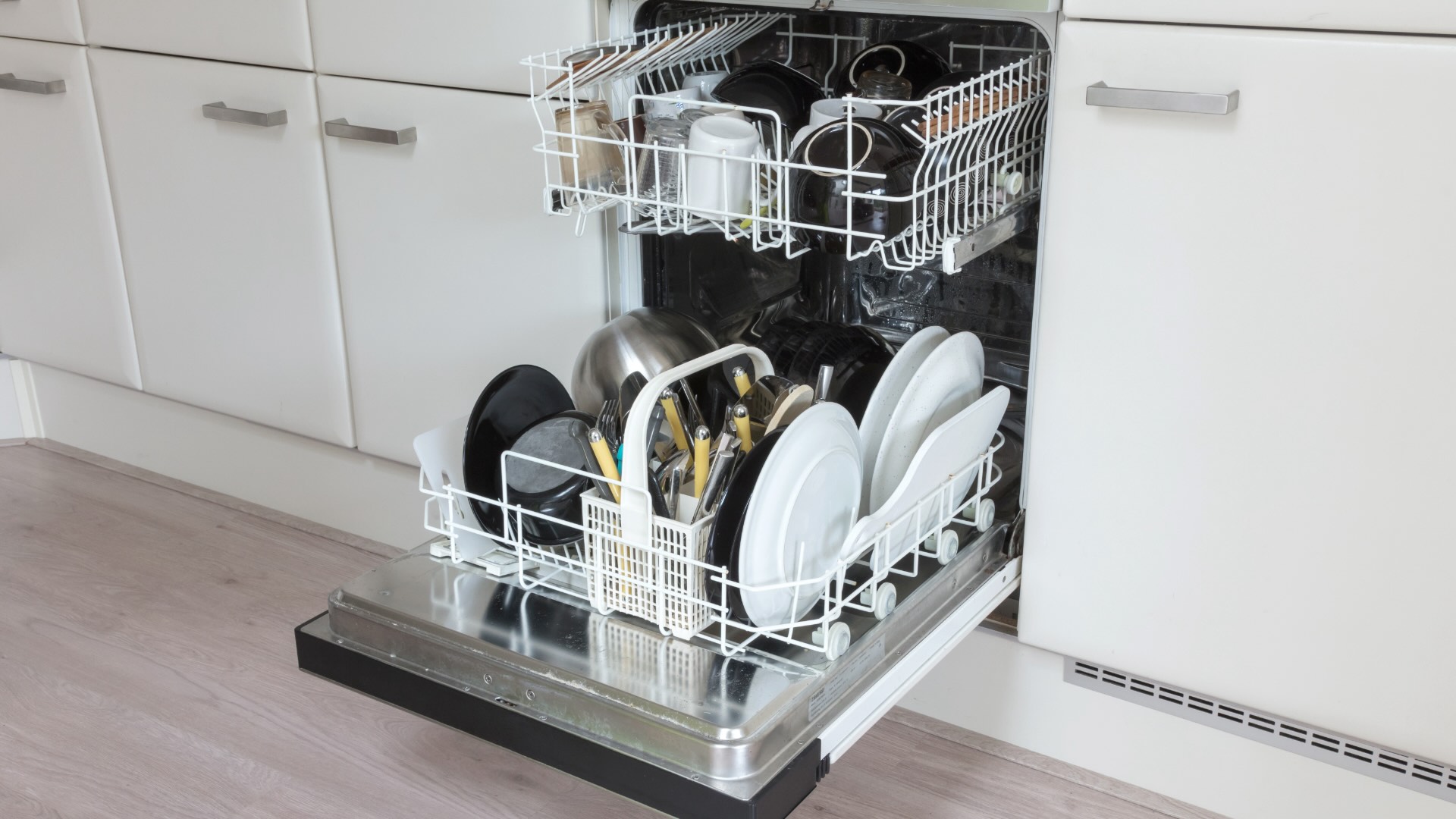

0 thoughts on “How To Start Ge Dishwasher”